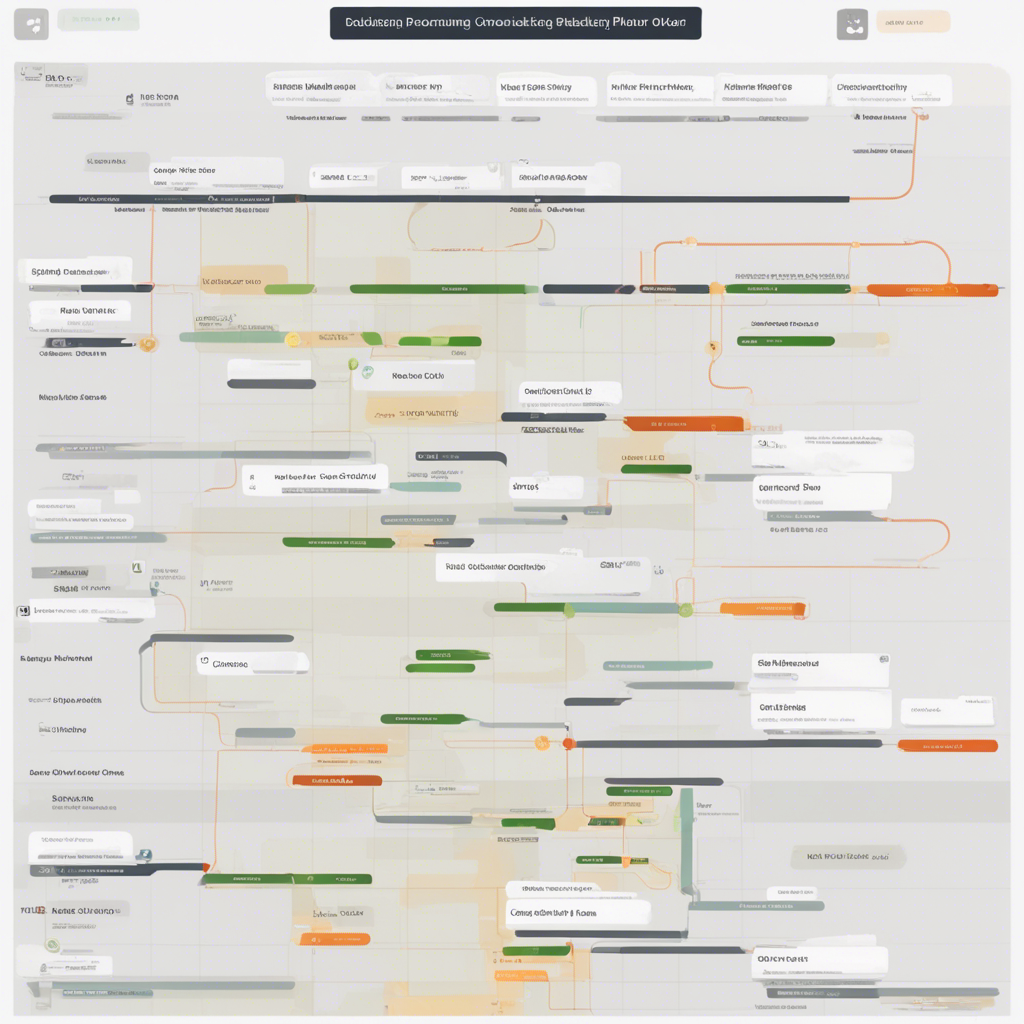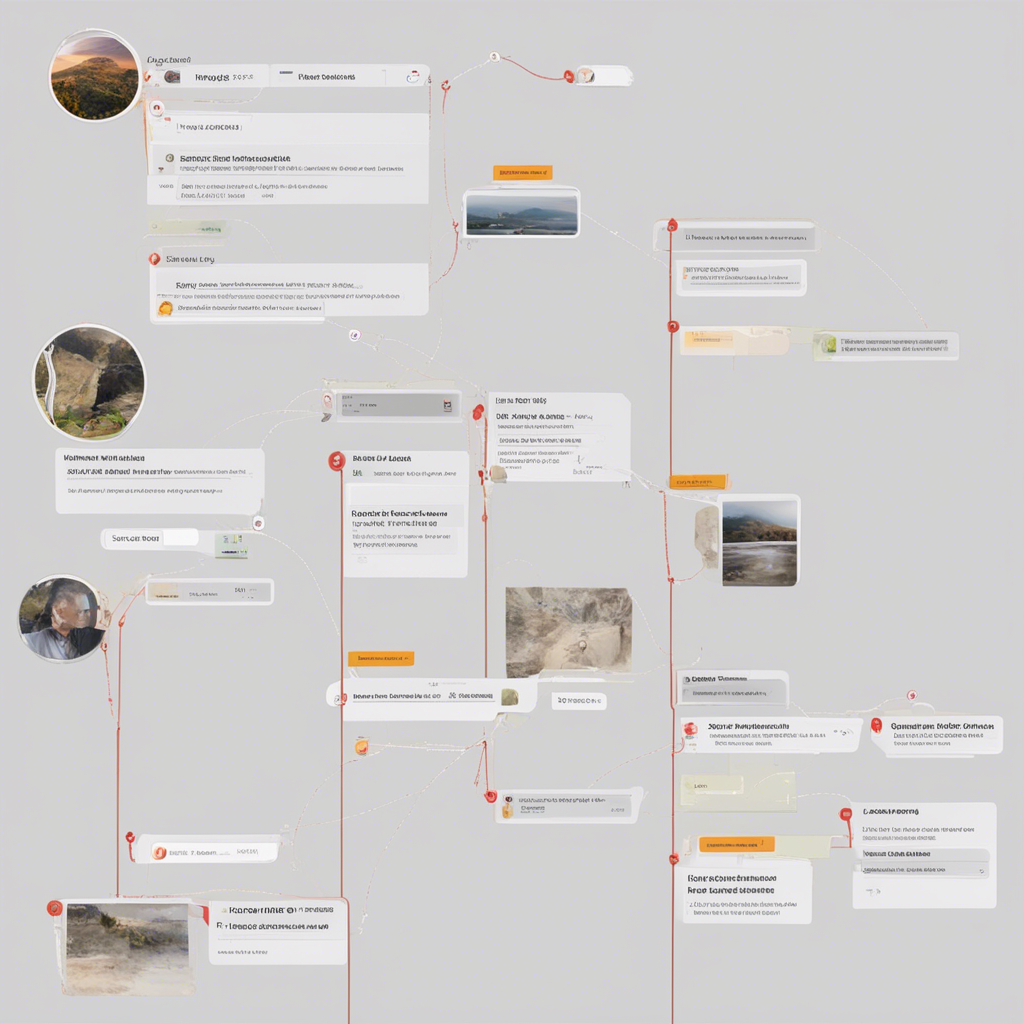
The Challenges of Managing Legacy Tech Products
In the constantly evolving world of technology, managing legacy tech products can present unique and complex challenges for businesses. Legacy tech refers to older software, hardware, or systems that may have been outdated or unsupported by the original manufacturer. These products often still play a pivotal role in many organizations, but they can also cause various issues and complications. In this blog post, we will explore the challenges faced by companies when it comes to managing legacy tech products and discuss potential strategies to address them.
Understanding the Impact of Legacy Tech
Legacy tech products can have a significant impact on businesses, both positive and negative. On one hand, these systems might be deeply integrated into core processes and operations, making them difficult to replace without disrupting the entire workflow. On the other hand, maintaining outdated technology can become a burden, as it often requires specialized knowledge and limited support from the original manufacturer.
1. Compatibility Issues
One of the primary challenges associated with legacy tech is compatibility. As technology evolves, older systems may have difficulty interfacing with newer software or hardware. This can lead to data integration problems and hinder the seamless flow of information between different parts of an organization. Incompatibility issues can slow down productivity, create errors, and negatively impact efforts to modernize operations.
2. Security Risks
Another major concern with legacy tech products is the increased vulnerability to security risks. Older systems are more prone to cyber attacks and may lack the necessary security features to protect sensitive data. As technology advances, hackers become more sophisticated, making it crucial for businesses to keep their systems secure. Managing security risks on outdated products can be an ongoing challenge and often requires additional resources and specialized expertise.
3. Limited Support and Updates
Manufacturers typically provide support, updates, and patches for their products. However, as technology progresses, companies tend to phase out older products and focus on newer models. This shift in focus can leave businesses using legacy tech with limited or no support. Without regular updates and patches, organizations may encounter compatibility issues, security vulnerabilities, and performance problems. Additionally, the lack of support means that businesses cannot rely on the manufacturer for troubleshooting or assistance.
4. Skills Gap
As technology evolves, the skills required to manage legacy tech products may become scarce. IT professionals who specialize in maintaining or troubleshooting outdated systems may retire or shift their focus to newer technologies. This skills gap can hinder a company’s ability to effectively manage its legacy tech products. Finding professionals with the necessary expertise or training existing staff to adapt to older systems can be a considerable challenge.
5. Cost of Maintenance and Integration
Maintaining and integrating legacy tech products can be expensive. As these systems become older, spare parts become scarce, and repairs may require specialized technicians at higher costs. Additionally, integrating legacy tech with newer systems or software can be a complex and costly endeavor. These expenses can make it challenging for businesses to allocate resources to address the issues posed by legacy tech, especially when cost-effective alternatives are readily available.
Strategies to Overcome Legacy Tech Challenges
Despite the challenges presented by managing legacy tech products, companies can adopt several strategies to overcome these obstacles effectively. Let’s explore some potential approaches:
1. Assess and Prioritize
Start by conducting a thorough assessment of your legacy tech products. Identify the systems that are critical to the organization’s operations and those that can be phased out or replaced. Prioritize the areas that require immediate attention based on factors such as security risks, compatibility issues, and impact on productivity. This assessment will help you allocate resources and focus efforts on the most pressing areas.
2. Consider Migration or Replacement
For systems that are severely outdated or no longer supported, a migration or replacement strategy may be necessary. This could involve moving data and functionality to a newer platform or investing in an alternative solution. Consider the potential benefits, costs, and disruption associated with a migration or replacement to make an informed decision that aligns with your business goals.
3. Implement Security Measures
Given the increased vulnerability of legacy tech systems, it is important to prioritize security measures. Regularly update and patch systems, invest in robust antivirus software, and establish secure network infrastructures. Monitoring systems for potential threats and implementing strong access controls can further mitigate security risks.
4. Train and Retain Skilled Professionals
To bridge the skills gap, organizations should invest in training programs to upskill existing IT professionals or recruit new talent. Offer opportunities for staff members to gain expertise in maintaining and troubleshooting legacy tech products. Retaining experienced professionals who understand the intricacies of the systems can provide valuable support during the transition period.
5. Plan for the Future
As you address the challenges posed by legacy tech, it is essential to plan for the future to avoid repeating the same issues. Embrace a proactive mindset by regularly reviewing and updating your technology infrastructure. Evaluate the potential lifespan of new products before adopting them to ensure longer-term compatibility and support.
Conclusion
Managing legacy tech products can be a complex task for businesses, necessitating careful planning and resource allocation. The challenges of compatibility, security risks, limited support, skills gap, and cost of maintenance and integration are real and require proactive measures. By assessing and prioritizing, considering migration or replacement, implementing security measures, training skilled professionals, and planning for the future, organizations can effectively navigate these challenges. Overcoming legacy tech challenges not only ensures operational efficiency but also promotes security and sets the foundation for future growth and innovation.
Note: This blog post is intended to provide an objective overview of the challenges faced when managing legacy tech products. The strategies suggested are based on common industry practices, but businesses should tailor their approach according to their specific needs and circumstances.






